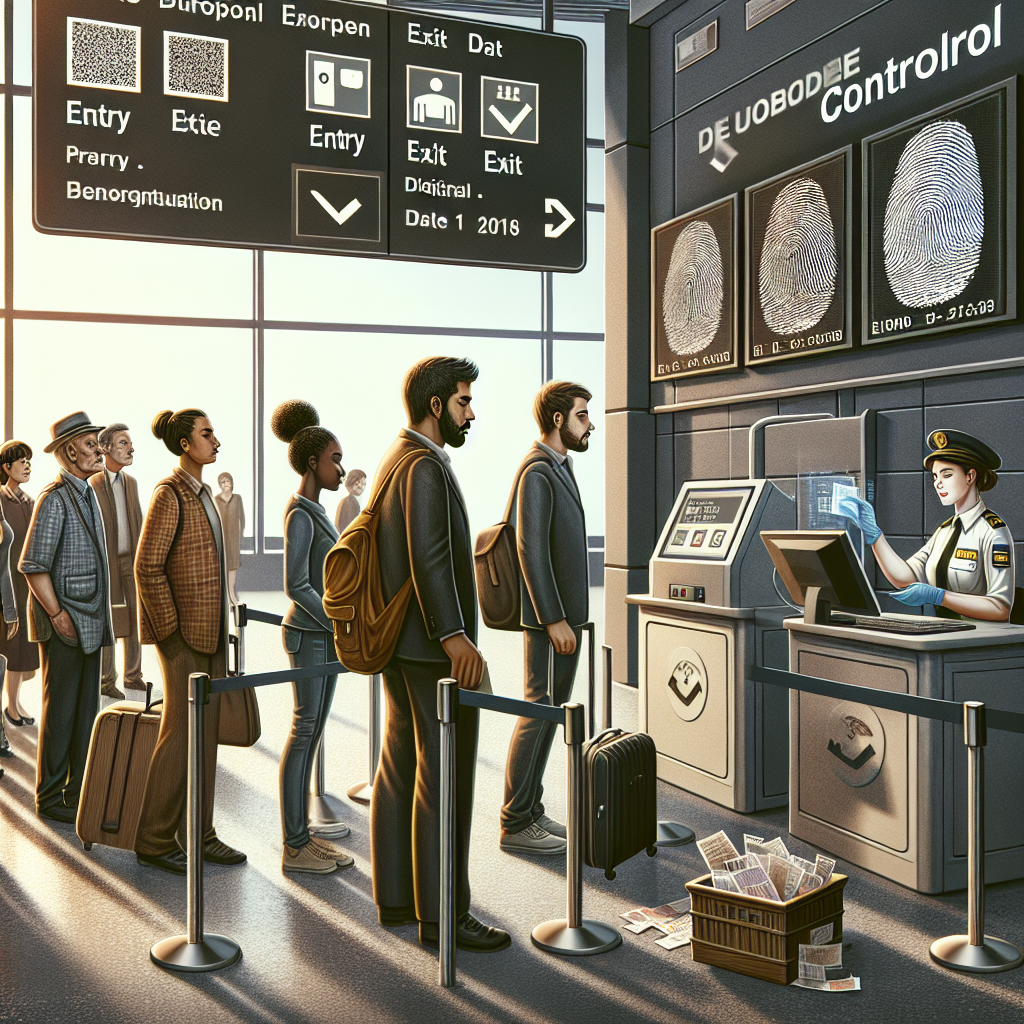The European Commission announced on Thursday (July 30) that a new “Entry/Exit System” (EES) will be phased in starting from October 12th this year. The EES will replace traditional manual stamping with digital methods such as fingerprint and facial recognition for all non-EU travelers, including British citizens and business visitors.
The Vice President for EU Tech Sovereignty, Security, and Democracy, Henna Virkkunen, stated in an official announcement that the EES will propel the EU towards becoming one of the most advanced travel destinations globally. This initiative, developed in collaboration with member states and the transportation industry, aims to create a secure, efficient, and convenient travel framework, showcasing Europe’s commitment to security and technological innovation.
According to the European Commission, the EES is designed to strengthen border security, particularly focusing on recording and monitoring non-EU travelers who overstay in the Schengen Area (allowing a maximum stay of 90 days within a 180-day period).
Beginning on October 12th, the EES will be successively introduced in 29 EU member states and is expected to be fully implemented at all land, sea, and air border checkpoints within six months.
In preparation for the new system, the UK government announced subsidies last September of £3.5 million each to Eurotunnel, Eurostar, and Dover Port for installing necessary equipment such as self-service kiosks.
The EES applies to short-term non-EU travelers from the UK, the US, and other countries, while EU citizens, legal residents, and long-term visa holders remain unaffected.
Upon implementation, travelers will be required to scan their passports or travel documents at self-service kiosks when entering, providing information such as their names, entry and exit dates and locations, facial images, and fingerprints as bio-metric data, which will be stored for three years. Subsequent border crossings will only require a simple verification process.
The EU has committed to collaborating with countries to promote awareness of the new system at major border checkpoints, assisting travelers in becoming familiar with the EES.
According to a report by Euronews, the operator of the Eurostar train service between England and France has taken preemptive measures by increasing the number of manual inspection counters from 9 to 19 at London St. Pancras International Station. The EES self-registration kiosks have been expanded from 24 to 49 machines, and passengers are now allowed to board 30 minutes earlier to alleviate crowds and reduce the risk of delays.
The EES is a significant component of the EU’s “Smart Borders” program, aimed at enhancing external border security and efficiency through advanced technology. Main features include the EES and the “European Travel Information and Authorization System” (ETIAS).
After the launch of the EES, the EU plans to introduce the ETIAS by the end of 2026. Non-EU travelers requiring visa-free entry to the Schengen Area will need to apply for authorization online in advance, providing personal information, answering security questionnaires, and paying a €20 fee. The authorization will be linked to the passport, valid for three years or until the passport expires.
Passengers under 18 and over 70 will be exempt from the fee, but still need to complete the application process. The ETIAS program is set to be implemented by the end of 2026, gradually becoming a mandatory requirement after a transition period of over six months, with full enforcement expected by 2027.

